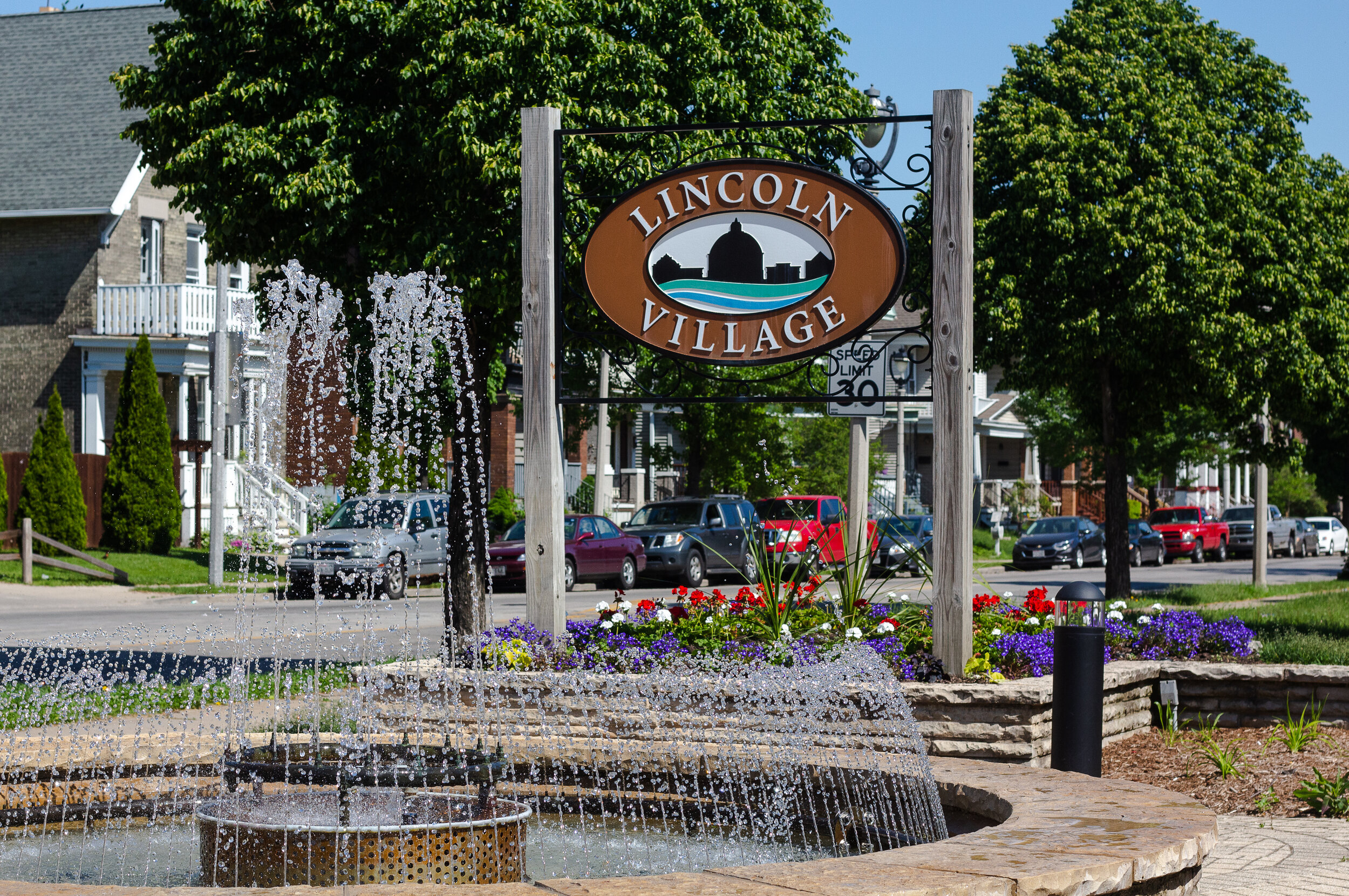
History. Diversity. Community.
Let us show you what Lincoln Village is all about.
We are a neighborhood association of individuals, businesses and community organizations all dedicated to Lincoln Village.
Located just south of Downtown Milwaukee, our boundaries are West Becher Street, West Harrison Avenue, the I-94 Freeway, and South 25th Street.







